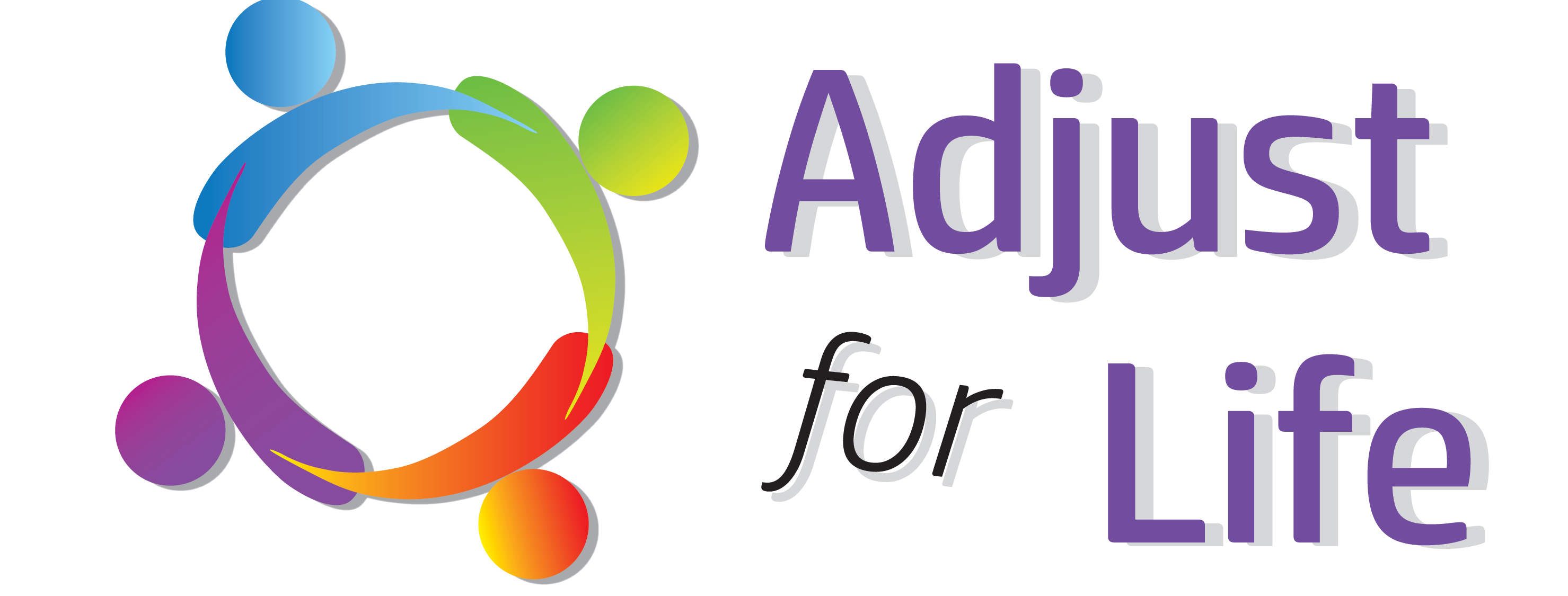Headaches
RESEARCH shows that spinal manipulation – the primary form of care provided by doctors of chiropractic – may be an effective treatment option for tension headaches and headaches that originate in the neck.
A report released in 2001 by researchers at the Duke University Evidence-Based Practice Center in Durham, NC, found that spinal manipulation resulted in almost immediate improvement for those headaches that originate in the neck, and had significantly fewer side effects and longer-lasting relief of tension-type headache than a commonly prescribed medication.
Journal and Clinical Studies
Here are a few examples of results
Journal of Manipulative and Physiological Therapeutics – 1995
Also, a 1995 study in the Journal of Manipulative and Physiological Therapeutics found that spinal manipulative therapy is an effective treatment for tension headaches, and that those who ceased chiropractic treatment after four weeks experienced a sustained therapeutic benefit in contrast with those patients who received a commonly prescribed medication.
Tension Headaches
Tension-type headaches are the most common, affecting upwards of 75 per cent of all headache sufferers. Most people describe a tension headache as a constant dull, achy feeling either on one side or both sides of the head, often described as a feeling of a tight band or dull ache around the head or behind the eyes. These headaches usually begin slowly and gradually and can last for minutes or days, and tend to begin in the middle or toward the end of the day. Tension headaches are often the result of stress or bad posture, which stresses the spine and muscles in the upper back and neck.
Tension headaches, or stress headaches, can last from 30 minutes to several days. In some cases chronic tension headaches may persist for many months. Although the pain can at times be severe, tension headaches are usually not associated with other symptoms, such as nausea, throbbing or vomiting.
The most common cause of tension headaches is subluxations in the upper back and neck, especially the upper neck, usually in combination with active trigger points. When the top cervical vertebrae lose their normal motion or position, a small muscle called the rectus capitis posterior minor (RCPM) muscle goes into spasm. The problem is that this small muscle has a tendon which slips between the upper neck and the base of the skull and attaches to a thin, pain-sensitive tissue called the dura mater that covers the brain. Although the brain itself has no feeling, the dura mater is very pain-sensitive. Consequently, when the RCPM muscle goes into spasm and its tendon tugs at the dura mater, a headache occurs. People who hold desk jobs will tend to suffer from headaches for this reason.
Another cause of tension-type headaches comes from referred pain from trigger points in the sternocleidomastoid (SCM) or levator muscle on the side of the neck. These are much more common in people who suffer a whiplash injury due to the muscle damage in the neck region.
Cluster Headaches
Cluster headaches are typically very short in duration, excruciating headaches, usually felt on one side of the head behind the eyes. Cluster headaches affect about one million people in the United States and, unlike migraines, are much more common in men. This is the only type of headache that tends to occur at night. The reason that they are called ‘cluster’ headaches is that they tend to occur one to four times per day over a period of several days. After one cluster of headaches is over, it may be months or even years, before they occur again. Like migraines, cluster headaches are likely to be related to a dilation of the blood vessels in the brain, causing a localised increase in pressure.
What we have found over and over again in practicing chiropractic is that almost all patients with headache conditions of all types usually immediately or very quickly experience relief after their initial regimen of chiropractic adjustments. They also report that the headaches do not come back, or are less frequent and less intense than before they began their care with us.
If you suffer from constant, chronic headaches of any kind, then get to your local chiropractor as soon as possible for a better quality of life without the pain.
Duke University
In an Evidence Report published by Duke University Evidence-Based Practice Research Center for Clinical Health Policy Research, the effects of drug-free options for headache are discussed. The authors concluded the following: “Cervical spine manipulation was associated with improvement in headache outcomes in two trials involving patients with neck pain and or/neck dysfunction and headache. Manipulation appeared to result in immediate improvement in headache severity when used to treat episodes of cervicogenic headache when compared with an attention-placebo control. Furthermore, when compared to soft tissue therapies, a course of manipulation treatments resulted in sustained improvement in headache frequency and severity.”
McCrory DC, Penzien DB, Hasselblad V, Gray RN. Evidence Report: Behavioral and Physical Treatment for Tension-Type and Cervicogenic Headache. Duke University Evidence-Cased Practice Research Center for Clinical Health Policy Research.

Corporate
Location
Rua Alfredo Marceneiro 87, 1º DTO
Alcabideche
2645-538
(+351) 91 953 6695
info@adjustforlifecorporate.com